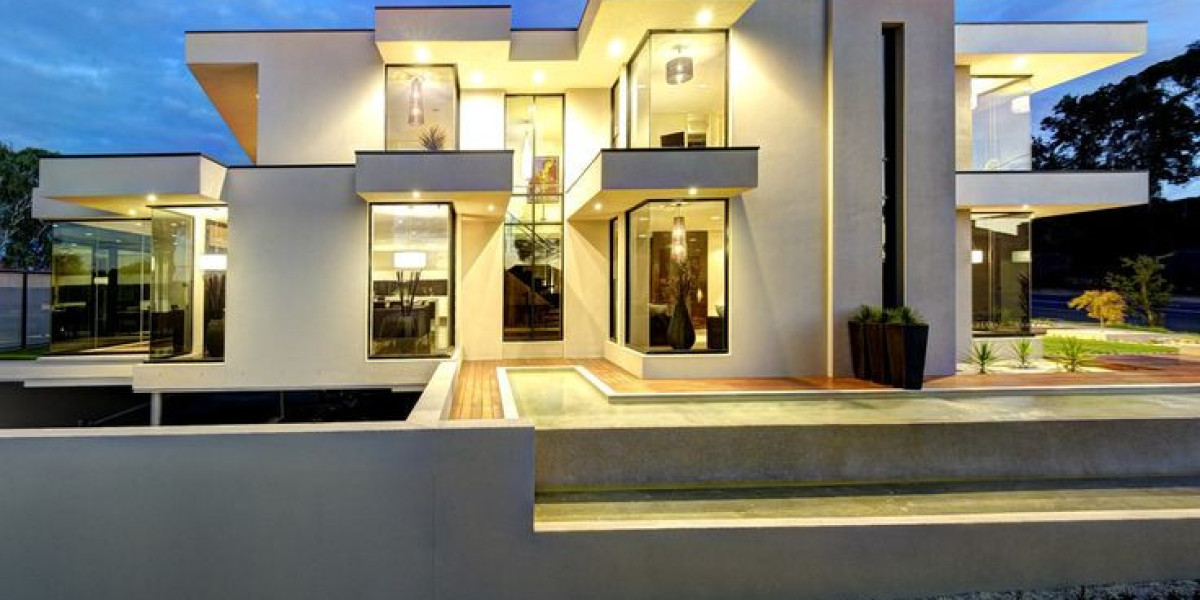A custom home design allows homeowners to tailor their living spaces specifically for their family's needs and lifestyle. Designing a custom home means creating a space that reflects individual tastes, meets functional requirements, and offers long-term value and comfort. Here are some essential steps to help families create a unique custom home that serves as both a practical and beautiful retreat.
1. Define Your Lifestyle Needs
Start by identifying the lifestyle requirements of your family. Consider factors like the number of bedrooms, bathrooms, and the need for specialized spaces such as home offices, playrooms, or gym areas. Think about how often you entertain guests, cook large meals, or host gatherings, as this may impact the size and layout of your kitchen, dining, and living areas. A custom design enables you to tailor every room to accommodate how your family lives and works daily.
2. Prioritize Functional Flow and Layout
A well-designed floor plan enhances functionality and convenience. When creating a custom home, consider both open and private spaces. An open-concept design, for example, can encourage family interaction by connecting the kitchen, dining, and living rooms. On the other hand, quiet areas like home offices or bedrooms should offer privacy and a sense of separation. Also, think about future needs as your family grows or changes to ensure the layout will remain practical for years to come.
3. Integrate Personal Style and Aesthetics
Your custom home should reflect your personal style while blending harmoniously with its surroundings. Choose colors, finishes, and materials that resonate with you, whether that means a modern minimalist look, rustic charm, or a blend of eclectic styles. Using natural light to accentuate textures and colors can add warmth and character to the home, so include ample windows and consider the orientation of the house to optimize sunlight.
4. Incorporate Sustainable and Smart Features
Sustainability is becoming a top priority in custom home design. Select energy-efficient appliances, insulation, and windows to reduce environmental impact and lower long-term costs. Smart home technology, such as automated lighting, security, and climate control, adds convenience and efficiency to your space, making your home more comfortable and secure.
5. Plan for Outdoor Living Spaces
Outdoor areas, such as patios, decks, or gardens, extend your living space and create opportunities for family bonding and relaxation. A custom design enables you to build functional outdoor spaces that align with your lifestyle—whether it's a play area for children, a quiet garden, or a large patio for entertaining.
Creating a custom home design tailored to your family's unique needs can transform daily living by providing comfort, style, and flexibility. With a focus on functionality, personal style, and sustainable features, your custom home will offer a space that truly feels like home.








